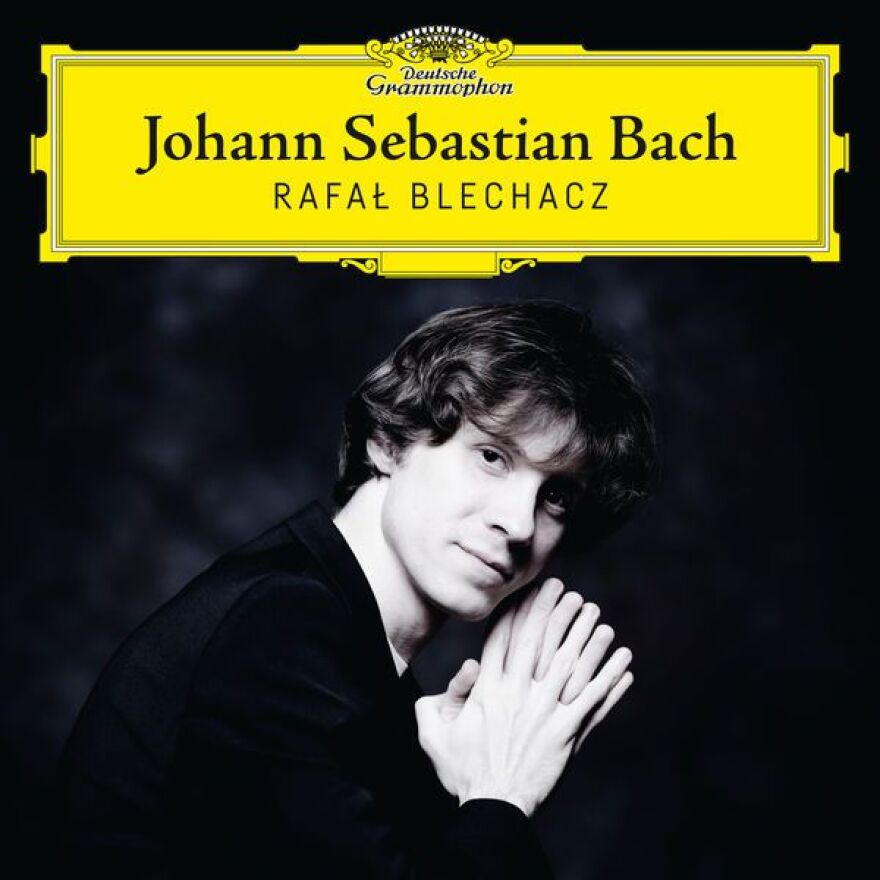Both musicians and classical fans adore Bach for much the same reasons—the German composer combined harmonic invention and melody to create lasting works of beauty. His music is also endlessly pliable, revealing new insight when played or heard on a variety of instruments. Recently I’ve been enjoying two new releases that don’t stray too far from the instruments of Bach’s time, but there are some key differences.
Of course there were no pianos around when Bach was writing, but pianist Rafał Blechacz approaches his instrument with an ear toward the staccato sound of the harpsicord on Bach’s “Italian Concerto,” which opens up his new all-Bach album on Deutsche Grammophon. On other works on the CD, including a couple of partitas and a fantasia and fugue, Blechacz pushes and pulls through dynamic changes, bringing if not a 19th century romanticism to the music, then at least drama and lyricism. The disc ends on a lovely sigh with that staple of spring weddings, Myra Hess’s arrangement of “Jesu, Joy of Man’s Desiring.”

Christopher Houlihan also includes the “Italian Concerto” on his new all-Bach disc, performed on the organ of Trinity College Church in Hartford, Connecticut. As pointed out in the liner notes, the electrically-powered instrument, built in 1972, affords the soloist more flexibility with sound and dynamics than any organ of Bach’s time. Houlihan, who arranged the “Italian Concerto” himself for organ, also includes pedal bass notes in his version that aren’t in the original score. It lends a stately, almost orchestral sound to the piece. I was reminded of Houlihan’s performance of the music in San Antonio a couple of years ago when he performed an evening recital for the Tuesday Musical Club. What a beautiful sound he coaxes from the instrument. A variety of fantasias, passacaglias and fugues round out the album, available from Azica Records.





